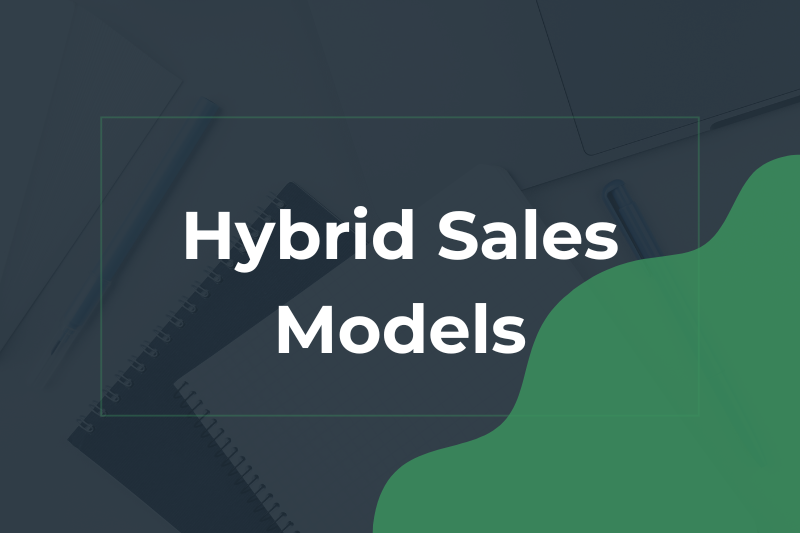
Photo bymohamed_hassan onPixabay
## Introduction to Sales Funnels
As a small business owner, you know that driving sales is crucial to your success. But how can you ensure that you’re maximizing your sales potential? Enter the sales funnel, a powerful tool for guiding customers through the buying process and increasing conversions.
A sales funnel is a series of steps that a potential customer goes through before making a purchase. Each step in the funnel is designed to move the customer closer to making a purchase, whether that’s signing up for a newsletter or making a purchase outright. By creating a well-crafted sales funnel, you can increase the likelihood that potential customers will become repeat customers.
What Are Sales Funnels and Why Are They Important?
Sales funnels are important because they help you understand the customer journey and guide customers through the buying process. By creating a series of steps that lead customers from awareness to purchase, you can increase conversions and drive sales.
Sales funnels also allow you to target your marketing efforts more effectively. By understanding where potential customers are in the buying process, you can tailor your messaging to their specific needs and interests. This can help you build stronger relationships with your customers and increase customer loyalty over time.
The Different Stages of a Sales Funnel
There are typically four stages in a sales funnel: awareness, interest, decision, and action. Let’s take a closer look at each stage:
Awareness
The awareness stage is all about making potential customers aware of your brand and your products or services. This can be done through advertising, social media, content marketing, and other forms of outreach. At this stage, the goal is to get potential customers interested in what you have to offer.
Interest
In the interest stage, potential customers have expressed interest in your brand or products. They may have signed up for your email list, followed you on social media, or engaged with your content in some other way. At this stage, the goal is to nurture that interest and provide potential customers with more information about your offerings.
Decision
In the decision stage, potential customers are weighing the pros and cons of purchasing from you. They may be comparing you to competitors or trying to decide if your product or service is worth the investment. At this stage, the goal is to provide potential customers with the information and social proof they need to make a decision.
Action
The action stage is where potential customers become paying customers. At this stage, the goal is to make the buying process as easy and frictionless as possible. This can include offering special promotions or discounts, providing excellent customer service, and streamlining the checkout process.
Creating Your Sales Funnel: Step-by-Step Guide
Now that you understand the different stages of a sales funnel, it’s time to start creating your own. Here’s a step-by-step guide to help you get started:
Mapping Out Your Customer Journey
The first step in creating a sales funnel is to map out your customer journey. This involves understanding the different touchpoints that potential customers have with your brand and identifying opportunities to guide them through the buying process.
To map out your customer journey, start by creating a list of all the potential touchpoints that a customer might have with your brand. This could include your website, social media channels, email campaigns, and more. Once you have a list of touchpoints, think about how you can guide customers from one touchpoint to the next, ultimately leading them to make a purchase.
Identifying Your Target Audience
The next step in creating a sales funnel is to identify your target audience. This involves understanding who your ideal customer is and what their needs and pain points are.
To identify your target audience, start by creating customer personas. These are fictional representations of your ideal customers and should include information such as age, gender, interests, and purchasing behavior. Once you have created customer personas, use them to tailor your marketing messaging and outreach efforts to better resonate with your target audience.
Creating Effective Lead Magnets
Lead magnets are incentives that you offer potential customers in exchange for their contact information. This could include things like free e-books, whitepapers, webinars, or other valuable content.
To create effective lead magnets, think about what your target audience wants and needs. What types of content would be most valuable to them? Once you have identified potential lead magnets, create landing pages to promote them and capture potential customer information.
Building Landing Pages that Convert
Landing pages are web pages that are designed to convert potential customers into leads or customers. To build landing pages that convert, focus on creating eye-catching designs, compelling copy, and clear calls to action.
When designing your landing pages, keep in mind the customer journey and the stage of the sales funnel that potential customers are in. For example, a landing page designed for the awareness stage might focus on introducing your brand and providing value, while a landing page designed for the decision stage might focus on social proof and testimonials.
Nurturing Leads with Email Marketing
Email marketing is a powerful tool for nurturing leads and moving potential customers through the sales funnel. To create effective email campaigns, segment your email list based on where potential customers are in the buying process and tailor your messaging accordingly.
For example, you might send educational content to potential customers in the awareness stage, while sending special promotions or discounts to potential customers in the decision stage. By tailoring your messaging to each stage of the sales funnel, you can increase the likelihood that potential customers will become paying customers.
Measuring and Optimizing Your Sales Funnel
Once your sales funnel is up and running, it’s important to measure its effectiveness and make adjustments as needed. This could include A/B testing landing pages, tweaking email campaigns, or adjusting your lead magnets.
To measure the effectiveness of your sales funnel, track key metrics such as conversion rates, click-through rates, and open rates. Use this data to identify areas for improvement and make data-driven decisions about how to optimize your sales funnel.
Common Mistakes to Avoid When Creating a Sales Funnel
While sales funnels can be incredibly effective, there are also some common mistakes that small business owners should avoid. These include:
- Not understanding your target audience: Without a clear understanding of your target audience and their needs, it’s difficult to create a sales funnel that will resonate with potential customers.
- Focusing too much on the sale: While the ultimate goal of a sales funnel is to drive sales, focusing too much on the sale can turn potential customers off. Instead, focus on providing value and building relationships with potential customers.
- Neglecting to measure and optimize: Without measuring the effectiveness of your sales funnel and making adjustments as needed, it’s difficult to achieve maximum results.
Tools and Resources for Creating Sales Funnels
There are a number of tools and resources available to help small business owners create effective sales funnels. Here are a few to consider:
- ClickFunnels: A popular platform for creating landing pages and sales funnels.
- Leadpages: Another platform for creating landing pages and lead magnets.
- Mailchimp: A powerful email marketing tool that can help you nurture leads and move potential customers through the sales funnel.
- Google Analytics: A free tool for tracking key metrics and measuring the effectiveness of your sales funnel.
Conclusion
By creating a well-crafted sales funnel, you can guide potential customers through the buying process and increase conversions. By mapping out your customer journey, identifying your target audience, creating effective lead magnets, building landing pages that convert, nurturing leads with email marketing, and measuring and optimizing your sales funnel, you can maximize your sales potential and drive business growth. Remember to avoid common mistakes and use tools and resources to help you along the way. With the right approach, you can create a sales funnel that delivers results for your small business.





